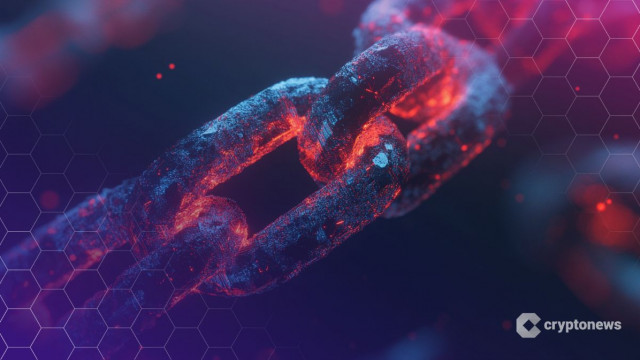
Crypto “Kill Switch” Exposed: Bybit Warns 16 Blockchains Can Freeze User Funds
Cryptonewsgeneral
Bybit has reported that 16 blockchains include fund-freezing features via hardcoded, configuration, or contract methods, noting added security use cases alongside centralization risks, and urging greater transparency on intervention capabilities.
📋 Article Summary
The Alarming Implications of Crypto "Kill Switches": Bybit's Revelation and the Risks of Centralized Control
In a striking revelation, leading cryptocurrency exchange Bybit has exposed a concerning reality about 16 major blockchain networks - they possess the ability to freeze user funds through hardcoded, configuration, or contract-based methods. This startling discovery highlights the potential centralization risks inherent in these systems, challenging the decentralized ethos that has long underpinned the crypto ecosystem.
Bybit's findings shine a spotlight on the delicate balance between security and autonomy in the digital asset space. While the ability to halt transactions and freeze funds may serve specific use cases, such as preventing theft or illicit activity, it also confers an unsettling level of control over users' assets. This power dynamic raises crucial questions about the true decentralization of these blockchains and the extent to which they can be relied upon to safeguard the financial sovereignty of their participants.
The implications of this revelation reverberate throughout the crypto industry. Investors, who have long sought the refuge of decentralized finance (DeFi) as an alternative to traditional, centralized systems, may now find themselves grappling with a sense of unease. The prospect of having their hard-earned digital assets frozen without their consent undermines the core principles of self-custody and financial autonomy that have driven the adoption of cryptocurrencies.
Moreover, the disclosure of these "kill switch" capabilities raises significant regulatory concerns. Policymakers and authorities, already wary of the perceived risks associated with cryptocurrencies, may seize upon this information to justify stricter oversight and potentially even restrict the use of these blockchain networks. This, in turn, could stifle innovation, hamper the growth of the crypto ecosystem, and potentially erode public trust in the industry as a whole.
Amidst these challenges, industry experts and blockchain developers will be compelled to engage in a thoughtful and transparent dialogue. Calls for greater transparency around the extent and application of these intervention capabilities will undoubtedly intensify, as users and stakeholders demand a clearer understanding of the safeguards in place to protect their assets.
Furthermore, this revelation may spark a renewed emphasis on the development of truly decentralized blockchain networks, where the power to control user funds is firmly and irrevocably in the hands of the participants themselves. The rise of decentralized autonomous organizations (DAOs) and the growing prominence of privacy-focused cryptocurrencies could gain renewed momentum as a counterbalance to the centralized control exposed by Bybit's findings.
In the end, the Bybit report serves as a wake-up call for the crypto community, reminding us that the path to true decentralization is fraught with complexities and potential pitfalls. As the industry evolves, the commitment to transparency, user empowerment, and the preservation of financial sovereignty must remain at the forefront of the collective efforts to shape the future of digital assets.